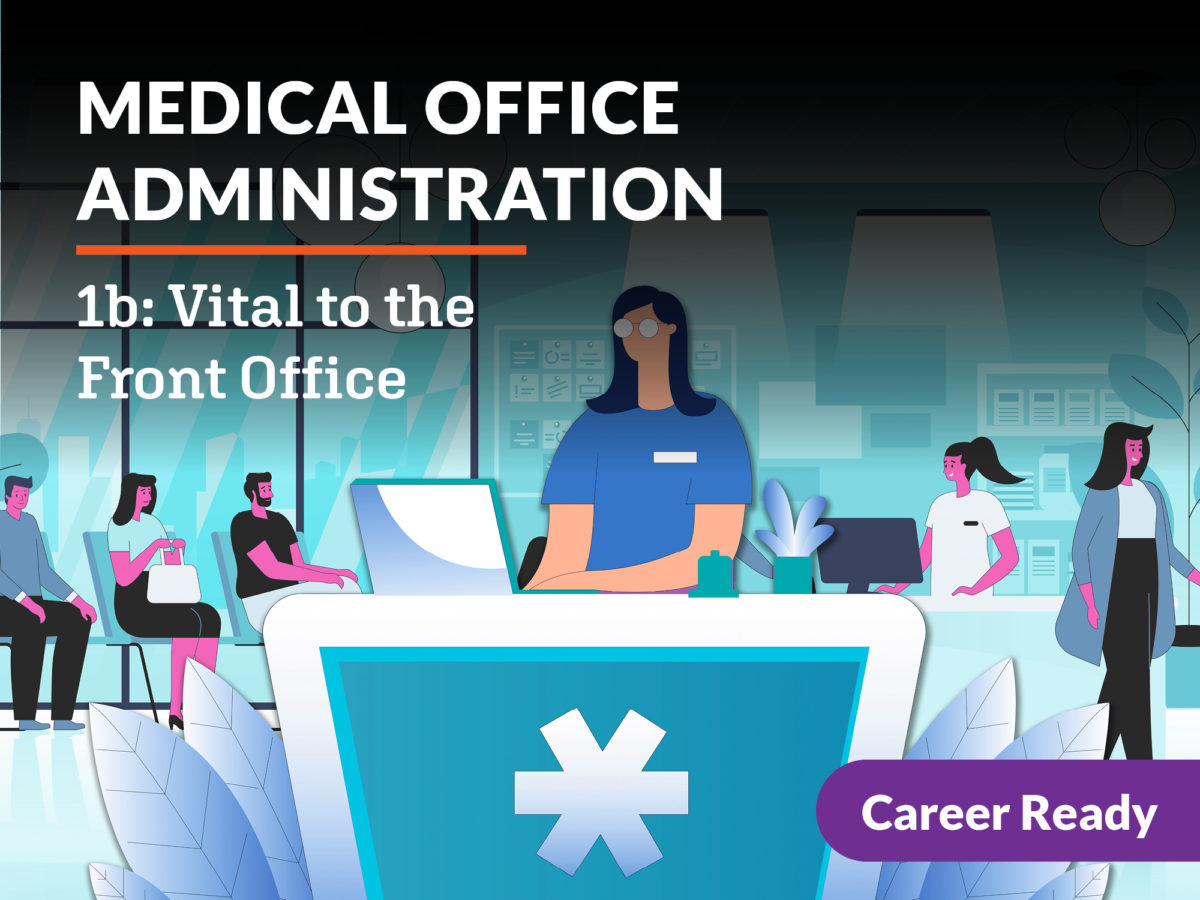The Relevance of Medical Administration in Medical Care Management
The Relevance of Medical Administration in Medical Care Management
Blog Article
Best Practices in Medical Management for Improving Performance and Minimizing Costs
In the ever-evolving landscape of health care, the pursuit of ideal methods in clinical administration is paramount for boosting effectiveness and curbing expenditures. By integrating advanced technologies such as digital health and wellness documents and telemedicine, medical care carriers can enhance operations and boost person care. Nonetheless, technology alone is not a cure all; maximizing source allowance and promoting collaborative interaction among treatment teams are just as crucial (medical administration). As companies make every effort to balance top quality and cost, what techniques should be focused on to achieve these double objectives? The solution to these inquiries hold the key to a much more sustainable medical care system.
Leveraging Advanced Technology
In today's quickly advancing medical care landscape, leveraging advanced technology is no more optional however crucial for effective clinical management. The assimilation of electronic solutions into healthcare systems has transformed the method centers run, simplifying procedures and boosting person treatment. Electronic Wellness Records (EHRs) are essential, supplying thorough person information that can be accessed immediately by authorized personnel, thus reducing redundancy and minimizing errors. By centralizing patient information, EHRs remove the demand for difficult documents and promote smooth interaction among doctor.
Telemedicine is one more technical innovation that has revolutionized person interaction. It offers comfort for both clients and medical care professionals by making it possible for remote examinations, which can reduce the demand for in-person check outs and maximize visit organizing. In addition, telehealth platforms can expand health care accessibility to rural or underserved locations, bridging spaces in treatment distribution.
Additionally, the usage of Artificial Intelligence (AI) and equipment knowing is coming to be increasingly widespread in anticipating analytics, enabling very early detection of prospective wellness issues and even more enlightened decision-making. These technologies, when integrated properly, can improve analysis precision and personalize client therapy strategies, eventually leading to enhanced health care end results and functional efficiency.
Optimizing Resource Allowance
Reliable resource allowance is crucial for maximizing the efficiency of medical management. By purposefully taking care of sources such as workers, equipment, and funds, healthcare centers can dramatically enhance their operational performance, improve individual results, and lower unneeded expenses. The initial step in maximizing source appropriation includes performing a comprehensive analysis of current properties and identifying areas where sources might be underutilized or exhausted. This evaluation must be data-driven, using metrics and analytics to notify decision-making processes.
Focusing on source allotment based on person requirements and solution demands is necessary. Carrying out adaptable staffing versions can additionally maximize labor resources by readjusting workers appropriation in reaction to changing patient quantities.
Funds must be diligently kept track of and designated with strategic foresight to support both short-term functional demands and lasting institutional goals. This includes investing in training programs that improve team expertises and embracing energy-efficient techniques that reduce operational costs (medical administration). Eventually, an enhanced source appropriation approach promotes a lasting medical care setting that is receptive, efficient, and financially prudent
Streamlining Workflow Processes
When health care centers purpose to boost functional performance, streamlining workflow procedures comes to be a pivotal emphasis. Reliable workflows reduce redundancy, eliminate unneeded actions, and enhance sychronisation among health care experts. This strategy not just accelerates service delivery yet additionally improves the high quality of client care.

Following, innovation assimilation plays a considerable duty in enhancing operations. Executing digital health records (EHRs) and digital physician order entrance (CPOE) systems lowers documentation, reduces human mistake, and makes certain information is easily accessible to all relevant personnel. Furthermore, leveraging telemedicine site web systems can improve person consultations and follow-ups, minimizing the pressure on physical infrastructure.

Ultimately, streamlined workflows lead to cost decreases and improved patient contentment, cultivating a much more sustainable health care atmosphere.
Enhancing Data Monitoring
Building upon structured operations, enhancing information administration becomes an important element ahead of time healthcare management. Efficient data monitoring systems are critical for keeping precise client records, boosting decision-making, and making sure compliance with regulative standards. By implementing durable data management remedies, health care facilities can boost the high quality of individual care while at the same time reducing functional costs.
One trick element of enhancing information management is the assimilation of sophisticated electronic wellness record (EHR) systems. These systems help with the smooth exchange of client info across various departments, lowering duplication of examinations and reducing mistakes. A well-designed EHR system sustains data analytics, making it possible for health care service providers to recognize trends and make educated decisions relating to patient care.
Furthermore, safeguarding individual information is critical. Taking on comprehensive cybersecurity procedures, consisting of encryption and routine audits, ensures the integrity and privacy of delicate information. This not only secures people but likewise keeps the institution's reputation.
Buying personnel training is an additional crucial element. Informing medical care professionals on data administration methods boosts their ability to efficiently use modern technology, bring about improved patient results. To conclude, boosting information management with sophisticated technology and detailed training is essential for achieving efficiency and cost reduction in medical administration.
Fostering Collaborative Communication
A vital element in progressing medical administration is fostering collaborative interaction amongst medical care specialists. Reliable interaction is vital for making sure smooth client care, enhancing therapy results, and reducing errors. By urging open discussion and sychronisation across multidisciplinary teams, healthcare companies can enhance their operational performance and minimize unnecessary costs.
Central to this approach is the assimilation of interaction innovations such as electronic health records (EHRs) and protected messaging platforms, which facilitate the quick exchange of vital individual info. These tools enable doctor to access and share information in real time, ensuring that all group members are educated and lined up in their decision-making processes. Additionally, routine team conferences and interdisciplinary rounds can even more advertise a culture of cooperation click site and accountability.
Educating programs concentrated on enhancing communication skills are likewise crucial. Eventually, fostering collective communication leads to boosted healthcare distribution and expense savings.

Conclusion
Including innovative technology, such as electronic wellness documents and telemedicine, along with optimized source allocation and structured process processes, is crucial for enhancing efficiency in medical management. Reliable information administration and promoting collaborative interaction among medical care groups are critical for reducing redundancies and boosting care top quality. By prioritizing preventive treatment and engaging in top quality enhancement efforts, healthcare companies can attain considerable price savings and enhanced individual outcomes, therefore making sure sustainable medical care shipment in a significantly complex atmosphere.
Report this page